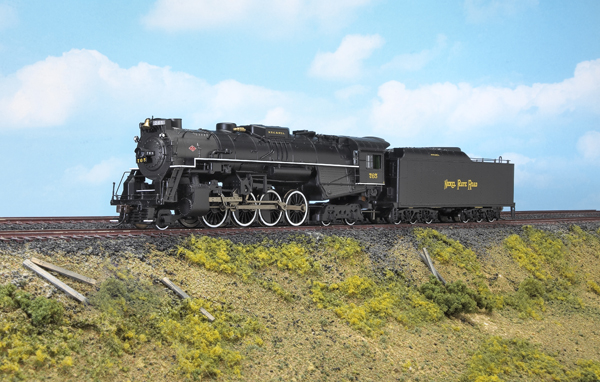
Berkshire 2-8-4 locomotive: When I was a kid, my dad once showed me his childhood Lionel set. He had a Lionel no. 726RR Berkshire set with a few extra pieces stored in a metal crate. I never got to see it set up or operate, unfortunately. I had no idea what a Berkshire was back […]
Read More…

Kitbashing a large-scale Pacific from a broken Aristo-Craft model wasn’t easy, but the result has been worth the work. My family has a history of model railroading spanning three generations. My grandfather modeled O scale as a child in the 1940s and passed that love along to my father in the 1970s, and who got […]
Read More…
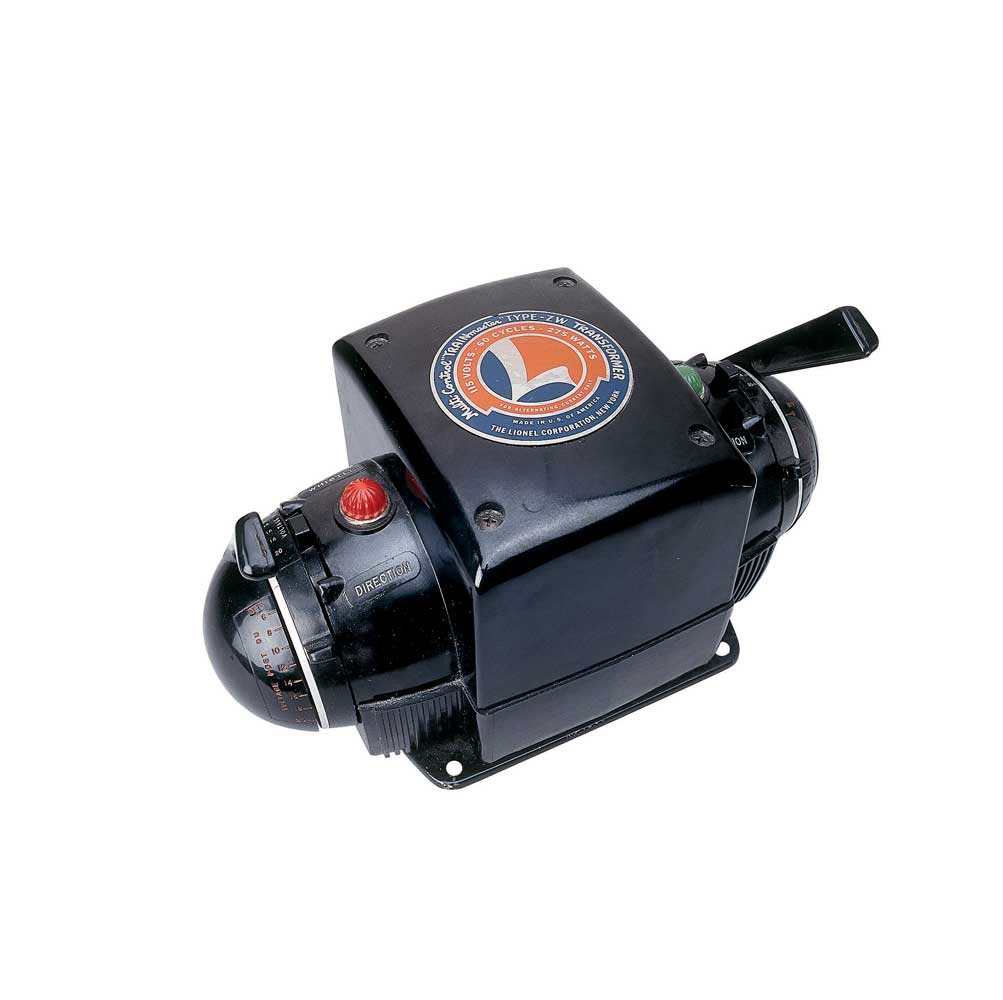
Overlooked Lionel postwar accessories? Yes, these stalwarts are well known but aren’t always top of mind when someone is asked to list the company’s greatest gems. Click here to see the 7 Lionel accessories that usually garner the spotlight. Read on to find out what the “Rodney Dangerfields” of postwar Lionel are. ZW transformer 1948-66 The […]
Read More…
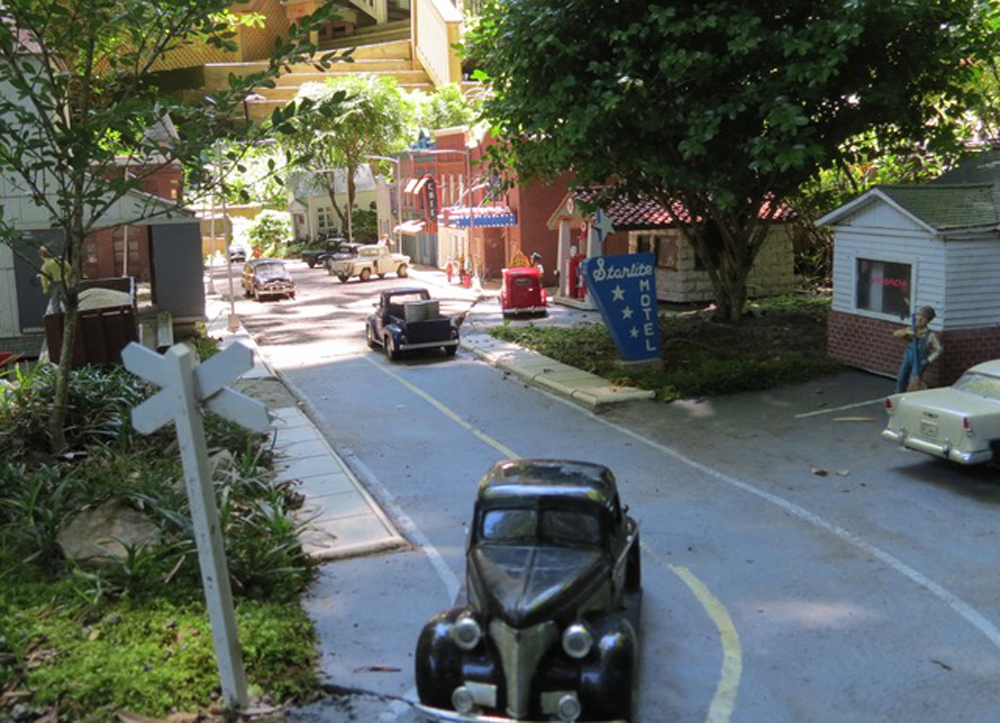
Sidewalks and curbs for a garden railway: My downtown area had realistic paved streets. Now it was time to add some sidewalks and curbs. I went to the local Home Depot and found inexpensive small square shower floor tiles in a natural stone color. I also found some beige plastic tile edging, which I’d use […]
Read More…
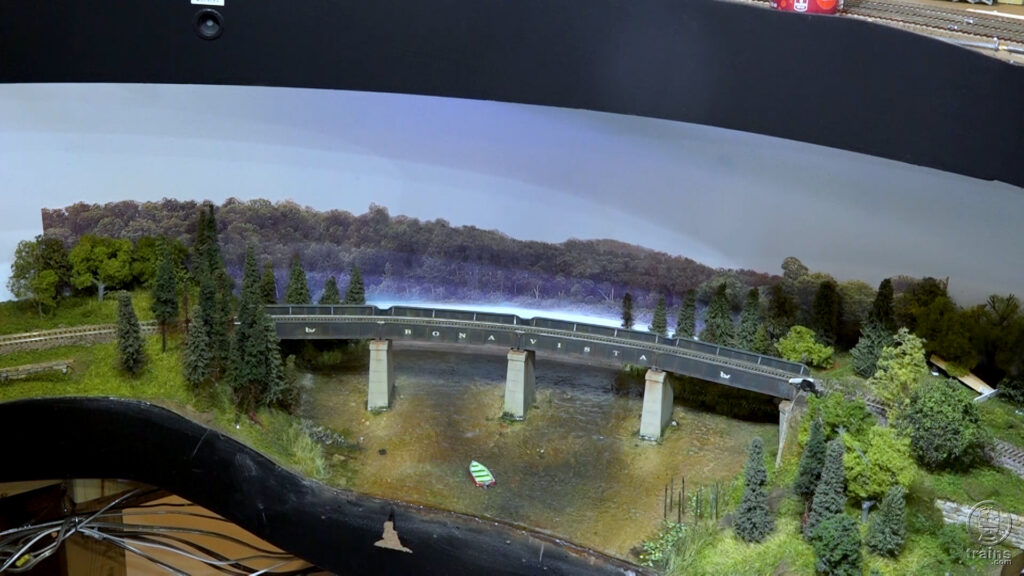
Make a lake, part 4 – In this episode of the Back on Track mini-series, hosted by Gerry Leone on his HO scale Bona Vista model railroad, you’ll see how to apply the finishing touches and details on the water effects, painted backdrop, and adjacent shoreline scenery. All of this and more, as Gerry works […]
Read More…
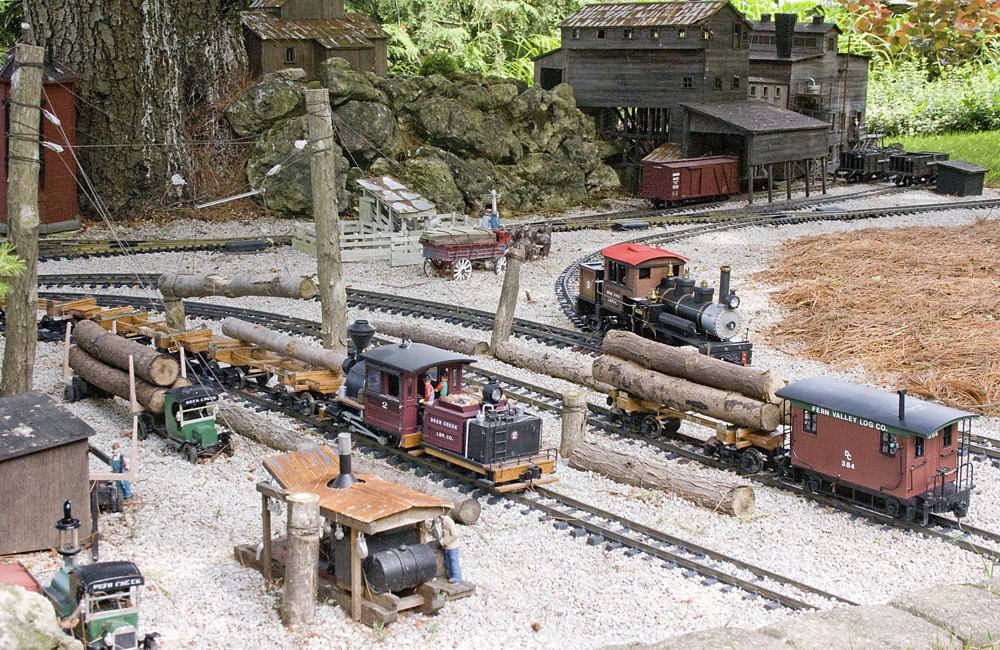
The Kettle Valley Railway – Bruce Division is a coal and lumber garden railroad modeled after the Kettle Valley Railway that at one time carried freight and passengers through the Thomson/Okanagan Region of British Columbia. The garden railway was started in 2004 and covers a triangular-shaped hillside on Brian Swanton’s property. The railroad features two […]
Read More…
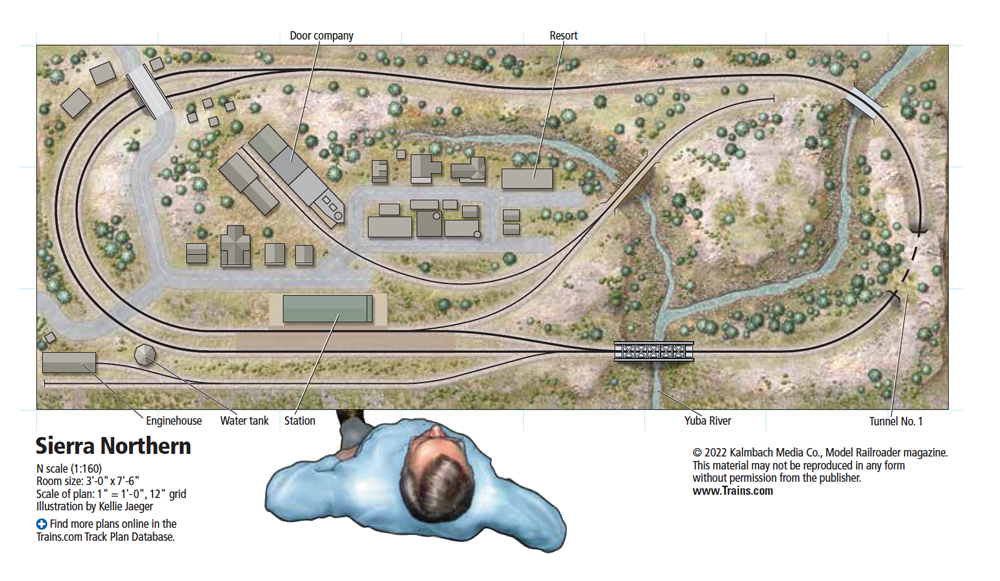
Facts & features Name: Sierra Northern Scale: N (1:160) Size: 3′-0″ x 7′-6″ Prototype: Northern Pacific, Southern Pacific, Union Pacific Locale: Western mountain railroad Era: 1949 Style: island Mainline run: 18 feet Minimum radius: 16″ Minimum turnout: no. 4 (main line), no. 6 (branch) Maximum grade: none Benchwork: hollow-core door Height: 42″ Roadbed: cork Track: […]
Read More…

How to build a simple track cleaning car – MR contributor Gerry Leone shares instructions for making your own rolling innovation for cleaning the rails of your model railroad! From Gerry’s workbench, you’ll see the tools, materials, and simple techniques needed to shape a railcar and a small patch of Masonite (hardboard) into an unrelenting […]
Read More…
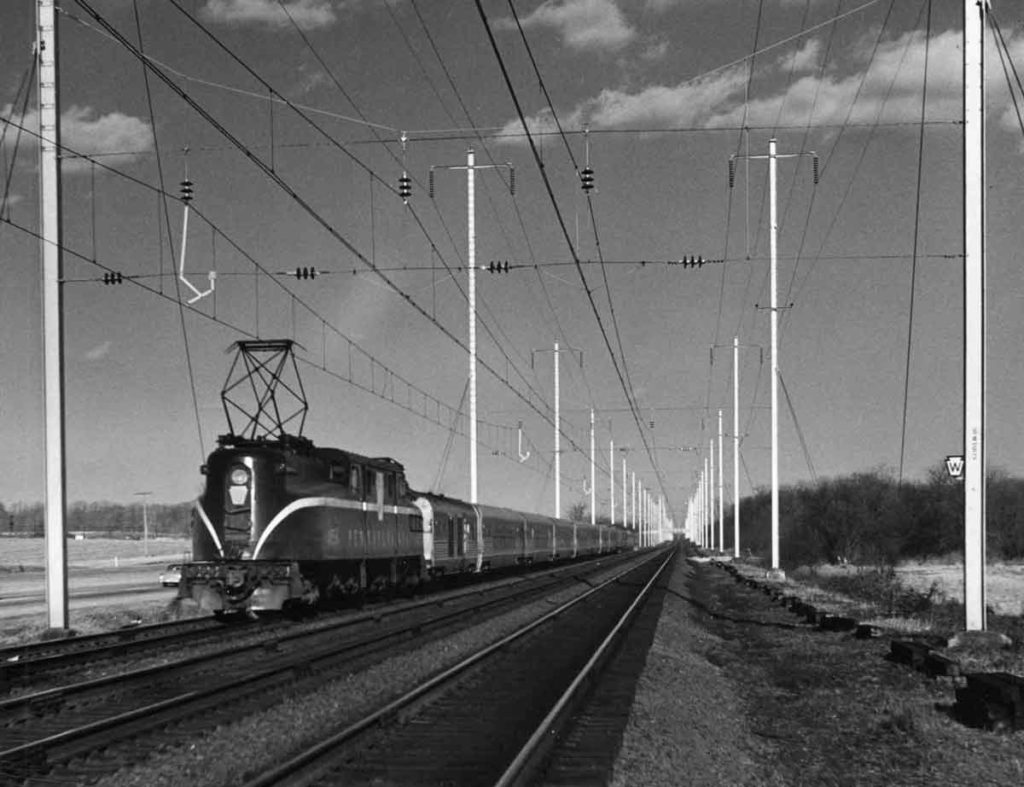
Pennsylvania RR GG1 electric locomotive My favorite locomotive has long been the Pennsylvania RR GG1 electric. This goes back to my childhood when I would visit my maternal grandparents in Aberdeen, Md., along what’s now known as the Northeast Corridor. After dinner at grandma and grandpa’s, we’d walk a few blocks to the grade crossing […]
Read More…

Unless you’re content with watching your trains go around and around a simple loop, eventually you’re going to be looking for ways to turn a train. Don’t get me wrong, it’s entirely possible to go through your entire train-operating career and never have to turn a train; maybe you always play the yardmaster, or your […]
Read More…
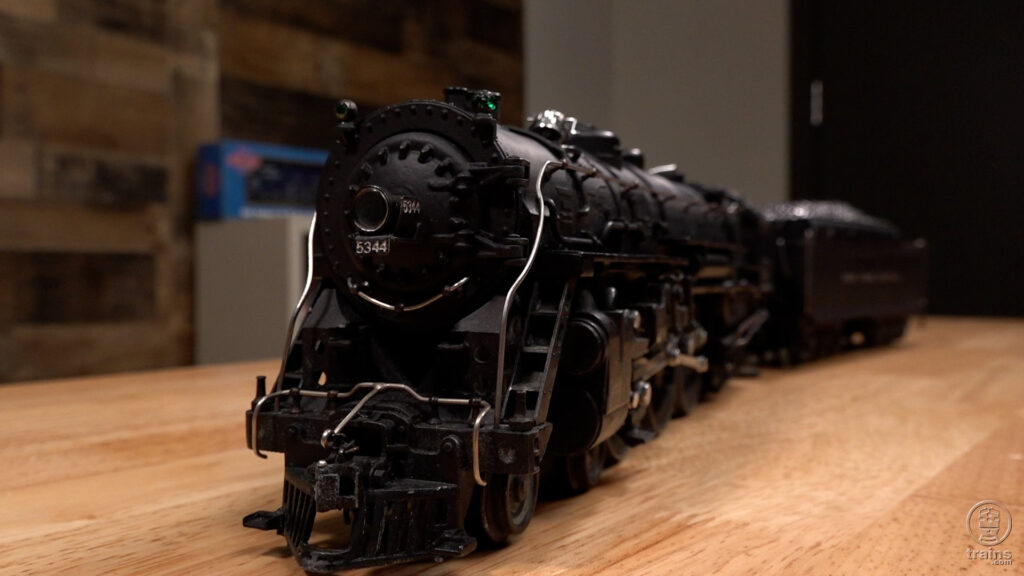
The latest video by Roger Carp, senior editor at Classic Toy Trains magazine, focuses on one of the greatest and most celebrated toy trains ever produced in America. In anticipation of the release of Lionel Trains of the 1940s, the new special-interest publication from CTT, Professor Carp looks closely at the Lionel no. 700E O […]
Read More…
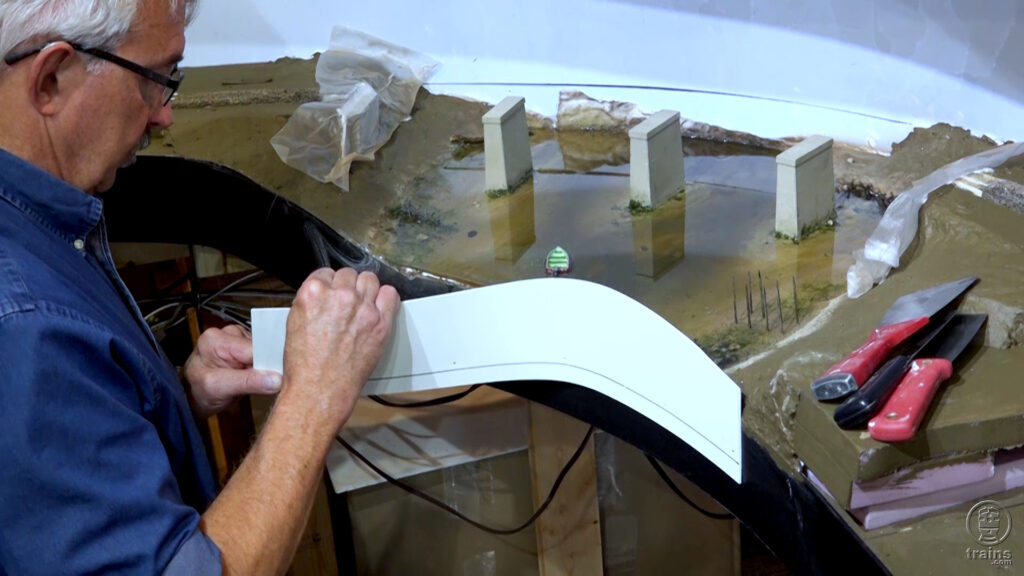
Make a lake, part 3 – It’s all water under the bridge for this episode of the Back on Track mini-series, hosted by Gerry Leone on his HO scale Bona Vista RR. With the lakebed colors applied, Gerry shows how to add water effects, as well as a few special details a keen-eyed visitor might […]
Read More…












